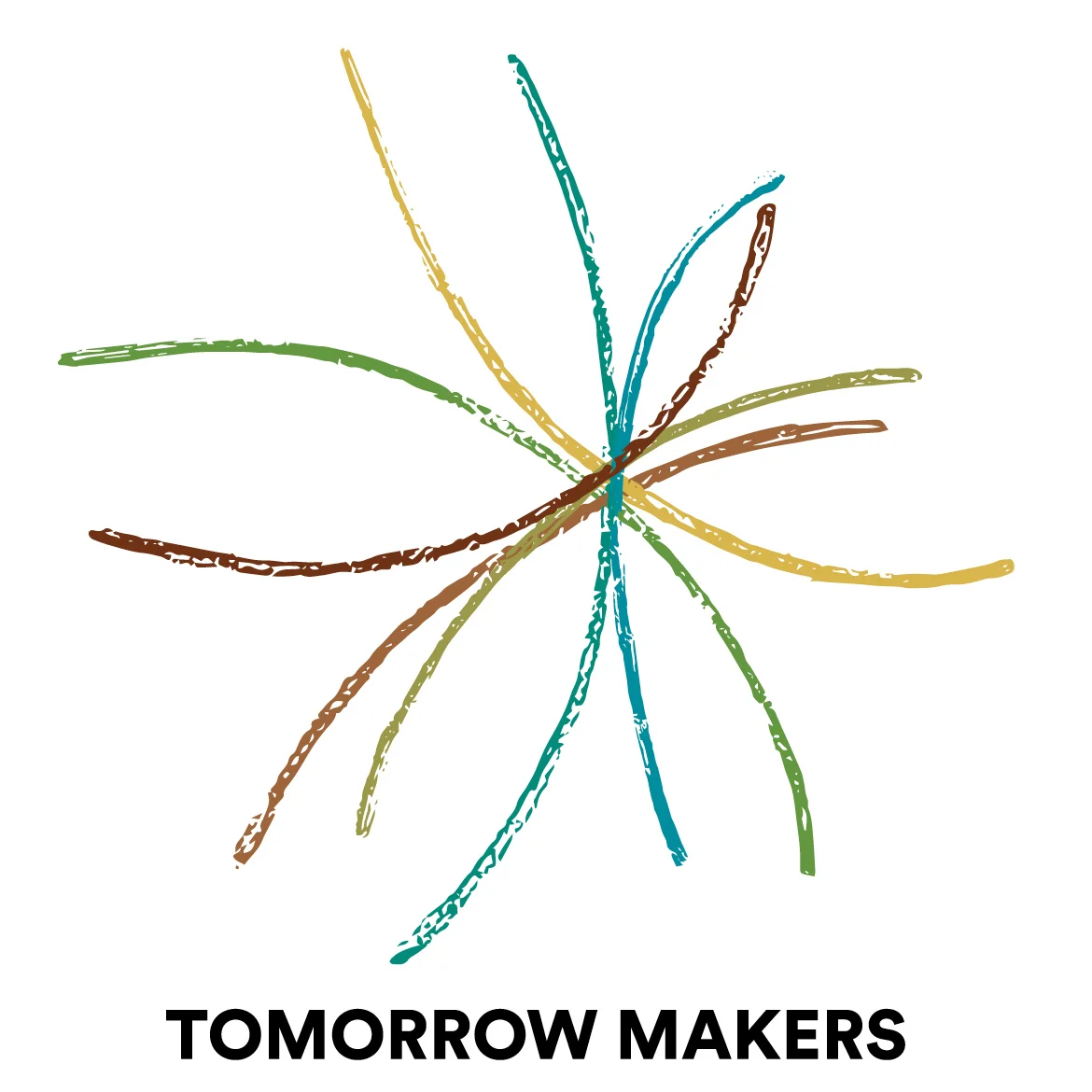Wayfinding, part four
/In which we speak of living our way into a new paradigm
In his book Out of Control, Kevin Kelly tells the story of restoring a prairie, recreating the various phase transitions that a weedy, mostly barren field goes through before it becomes a prairie once again. Kelly writes that, “after a number of phase transitions, the prairie cannot help but become a prairie.” It knows its authentic self. Kelly also speaks of Steve Packard, the person in charge of the restoration. He was a studied expert on “prairieness.” Yet, in the beginning he failed to rebirth the prairie; it kept reverting back to a weedy, unspecified field. Packard then began asking the field what it wanted, what was missing. He asked questions of people with no direct knowledge of prairie restoration and through these conversations he broadened his context and began to see his own misconceptions. Through this questioning, Packard began seeing things differently and realized he had been doing things that thwarted the prairie’s ability to grow and know itself.
Analogous to Packard’s work on the prairie, the work of wayfinding in large part rests on the ability to see differently; to identify and use new search images. Finding a healthy, resilient and shared future is less about looking for what we want and know, but rather envisioning this future and asking what it wants of us. What new process patterns will help us move quickly through the necessary phase transitions until the future cannot help but become what it most wants to be? Like the earliest wayfinders, what today’s wayfinders find can make the difference between life and death… breakdown or breakthrough.
We all know that prairies need more than nourishment and sequencing. Most importantly they require the right environment in which to grow. They cannot grow anywhere. Climate plays an essential role... the right soils, temperatures, winds, sun and rain. When this mix is right, prairies come into form. So too, with processes and tools. There have been many attempts to change the course of history, to steer away from our industrial and economic drivers that form the current paradigm. As this paradigm implodes on itself, it provides an environment for change and renewal. It is now, in this Janus moment, that the environment becomes fertile and of particular need for wayfinding.
The story has been told many times of Magellan’s sailors going to shore where the Terra De Fuego Indians lived. The natives watched the small boats landing with strange men in them. From all their experiences with fishing and exploring the island, they knew the small boats they were looking at could not survive the seas. Where then did these men come from? They could not see the large sailing vessel out in the mist. These indigenous people were quite intelligent, but – as is human nature - they did not know how to see something so new and strange. It simply was not in their reality. Finally, over time, the tribe’s shaman saw the sailing ship and revealed it to the others.
Some dispute that this event ever happened but we think it likely because the story tells a truth. We are all like this, holding hidden design assumptions about truths, about what we know, where to put our energy, our imagination, the nature of things, and how we decide. We are blind to the rest of the world. Then suddenly we hear a new story, read a sentence in a book or newspaper, overhear a conversation at a party, or share a crisis and we see anew. We see things that were there all along, but not part of our landscape. The way we search for information changes; our context changes and in the reframing, a new reality comes into form.
What we see changes who we become. What we find and make known with each other will not only change who we become, but what the world becomes. Like the earliest wayfinders, modern wayfinders must be able to see what is not generally seen; feel what is not often felt; hear differently and refuse to stay within the boundaries of the present paradigm.
